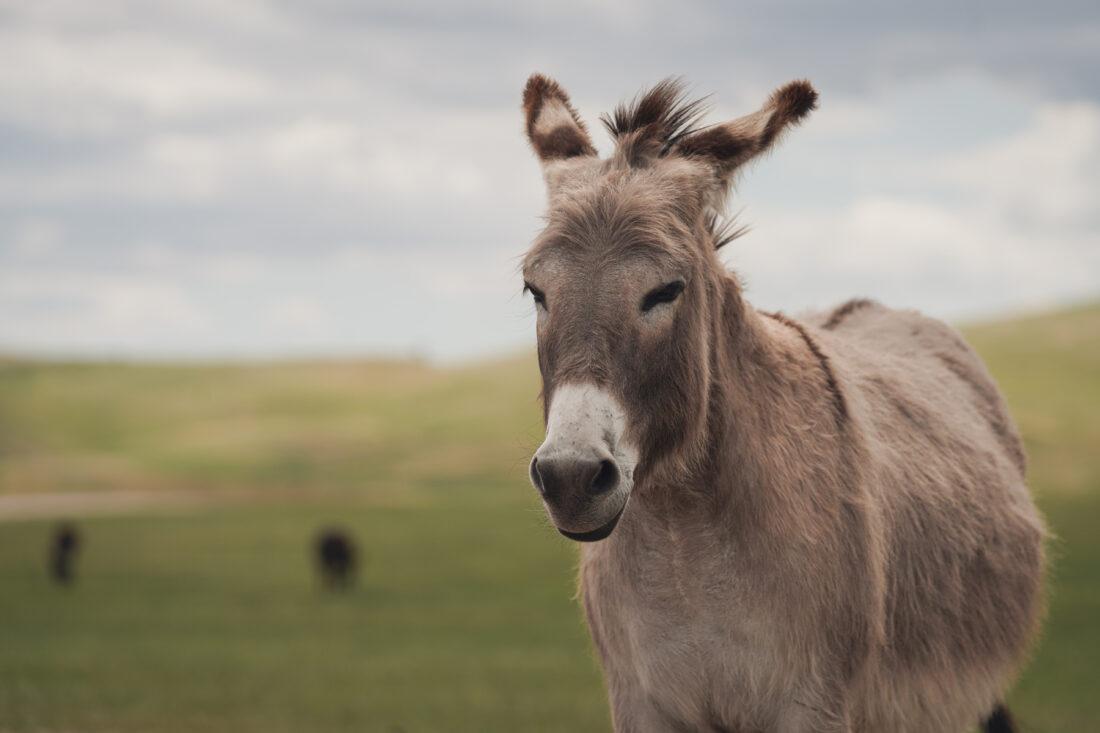Africa-Press – Gambia. Arusha.
Trade in donkey skin and other products has resurfaced at the East African Legislative Assembly (Eala). While experts fear exports of the skin of the dependable ‘beasts of burden’ posed a threat to its population, the lawmakers want concrete data.
The legislators, currently holding a sitting here, insisted that more information should be collected on the trade which is unpopular in some quarters.
They could not adopt a report on the controversial business which followed a fact finding mission by the Eala members in the region. The report by the Eala Committee on Agriculture, Tourism and Natural Resources was tabled for the second time in the House on Wednesday.
The chairperson of the Committee, Mr Christophe Nduwayo, from Burundi prayed for delayed adoption of the report, first tabled late last year. “We need extension of time on it,” he told the House, currently holding a two-week sitting at the East African Community (EAC) headquarters.
He added that more EAC partner states would be consulted and that the survey would extend to countries not earlier covered. According to the Burundi lawmaker, the committee members visited Tanzania and Kenya only to collect information on the donkey skin trade.
Specifically, they were in Dodoma region and Kajiado county in Kenya, which have high populations of the draught or pack animal. The survey will now be extended to other EAC partner states; Uganda, South Sudan, Burundi and Rwanda.
“Actually, South Sudan is among African countries with the highest population of donkeys,” he pointed out during the subsequent debate.
Statistics indicate that until recently, Ethiopia had the largest population of the animals in eastern Africa; 8.8 million followed by Kenya 1.8 million. The animal population in South Sudan stood at 708,414, Somalia (400,000), Tanzania (296,660) and Uganda (150,000).
Globally, there are more than 40 million donkeys, mostly in underdeveloped countries, of which 27 percent are found in Africa. Trade in donkey skin or export of live animals emerged in recent years following a high demand in China where it is used to make a medicine.
It is estimated that at least 1.8million donkey skins are traded per year. The global demand has been conservatively estimated to be 4 million. The donkey skin trade led to the opening of slaughter houses in countries with high populations of the animals like Tanzania by the Chinese investors.
In Tanzania, the first two Chinese companies were licensed to slaughter donkeys in 2014 for extraction of gelatin, the main ingredient for making the Chinese medicine.
However, the seemingly lucrative business came to a halt a few years later as pressure piled up from animal rights groups and health experts. The livestock herding communities also joined the fray, saying the donkey skin trade would lead to sharp reduction of the dependable pack animals.
Additionally, the Eala Committee observed that donkey slaughter houses increased theft of the animals for smuggling to the outside markets. By 2018 when they closed down to the joy of animal rights activists, the two Chinese firms had slaughtered a total 62,325 donkeys in Tanzania.
For More News And Analysis About Gambia Follow Africa-Press






